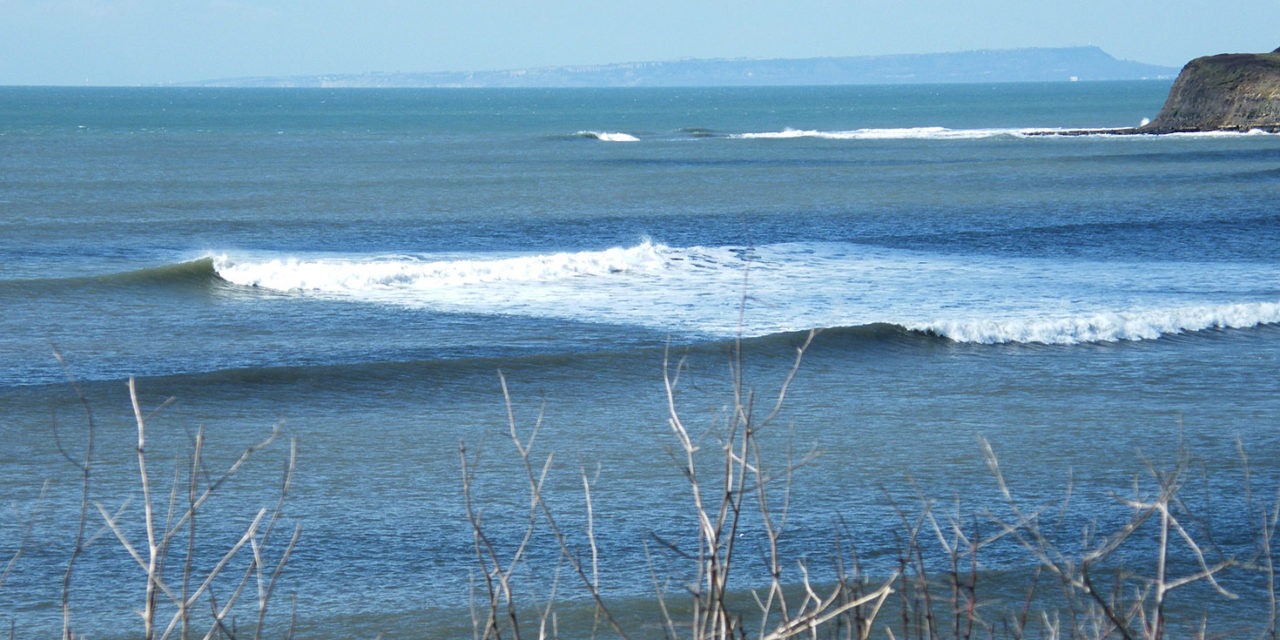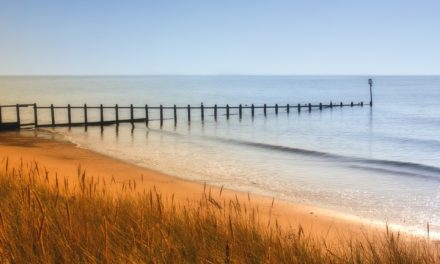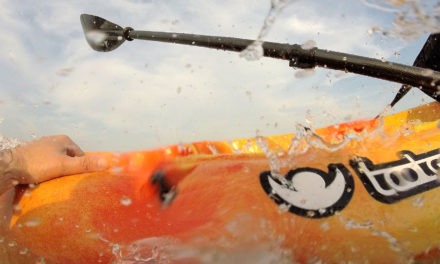For a large proportion of the paddling (and watersports fraternity) the coming of autumn, and ultimately winter, signals an end to H2O antics and the start of a hibernation period. Even as hardy as we humans are the thought of cold water, chilly air temperatures, rain, frost, snow and ice puts most people off entering the water at this time of year.
And yet, winter can be the best period to get on the water for a ‘spoon’. It’s quieter with less crowds, conditions are premium, particularly if you’re after wind and waves, and chances are you’ll enjoy that post session pint next to a roaring log fire all the more.
If you’re thinking of paddling through and kayaking this winter, there are a few things to take into consideration. Over to Tez Plavenieks who gives us some paddling tips for kayaking in winter.
Know your limits
There’s no two ways about it – winter is when the gnarliest conditions hit. It doesn’t matter if you’re stretch of water is an inland puddle or you’re lucky enough to reside next to a mackin’ point break – winter conditions will ramp up and your previously serene and tranquil bit of kayaking nirvana will change its spots significantly.
Picture the scene – the sun’s shining, the temperature is mild and you’ve got time on your hands. Arriving at your local beach you find clean swell lines marching in and unloading on the shallow sand bar a few yards offshore. Plenty of others are revelling in the conditions and the urge is there to suit up and join the throng. But you have to ask yourself: “Am I up to it? Do my skills lend themselves to the conditions on offer?”
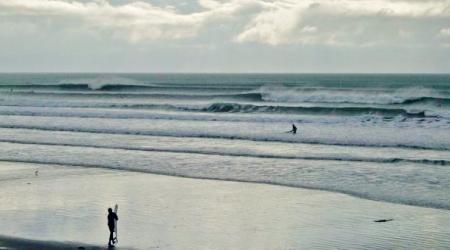
If the answer is no, then don’t go out. It’s better to pass on a potentially life threatening situation and wait until things become a bit more relaxed. Waiting to fight another day is the best course of attack and knowing your limitations will erase the need for the local lifeboat being called out, keep your dignity intact and avoid you being scared witless.
Know your equipment’s limits
You could be the world’s best paddler; fearless in your pursuit of big wave chargin’, waterfall huckin’ and force 10 downwind runnin’. But if your kit isn’t up to tackling the larger stuff then it’s no good trying to force the issue. If you’ve only got access to a recreational boat thinking you can tame Mother Ocean on a serious surf day is bordering on delusional.
Siton kayaks are perfectly able to cope with waves, but they have a point when it all gets a little too hairy. The last thing you want to cause is an issue with other water users, or worse still, have an accident yourself. As with knowing your own personal limitations, it’s better to sit it out and wait for a better day more suited to the gear you own.
Dress appropriately
When we say ‘dress appropriately’, whipping out your ball gown or tuxedo is not really the kind of thing we have in mind. Depending on the environment you plan on paddling, you’ll need to don the correct water wear to keep you warm and toasty, and in some cases, offer you adequate protection against things such as rocks.
If you’re contemplating taking to the waves then your summer attire of boardshorts and t-shirt just won’t cut the mustard in winter. The water temperature (in the UK) drops considerably after October and this alone will necessitate the use of a good winter wetsuit. Not only that, but a wetsuit will give some protection from the colder air – although be aware that both double lined and single lined neoprene give different evaporative effects. Double lined (the rougher type) suits are generally better as submersible types whereas single lined (smooth skin) evaporate water less but are prone to nicks and tears.
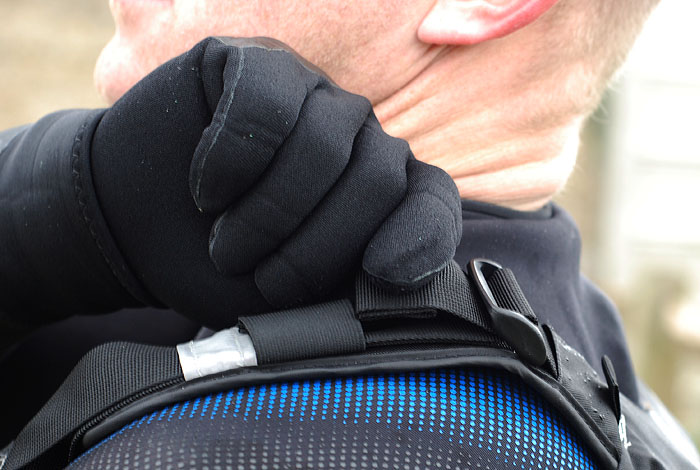
If you’re paddling in the river you might want to consider a drysuit. More expensive than a wetsuit; drysuits will keep you infinitely warmer and better protected against colder inland H2O. You could always wear some ‘normal’ clothing underneath to help with insulation. Fleeces, in particular, are a good choice as even in the unlikely event that it does get wet, the material is designed to stay warm.
Drysuits aren’t advised for playing in waves though as there is a tendency for them to balloon with air and turn wearers into a floating buoy – not ideal if the need arises to duck under incoming swells.
You’ll also need to wear neoprene boots (unless your drysuit comes with fitted foot protectors) and possibly gloves to warm off the chill. Both these items need to be chosen carefully. Winter booties should be at least 5mm thick and gloves will need to allow paddlers to grip properly without restricting wrist movement and blood flow.
Wear a helmet
Winter paddling spots can be lonely places if things go awry. You could find yourself being the only kayaker around, although this isn’t advisable – paddle with company if possible.
Heading out for a ‘spoon’ sometimes is too much of a draw, even if you have to go it alone. It may be a wise move to therefore wear a helmet, and not just in winter either. A decent lid will keep your bonce warm and protect against knocks and scrapes – in some instances it could even save your life.
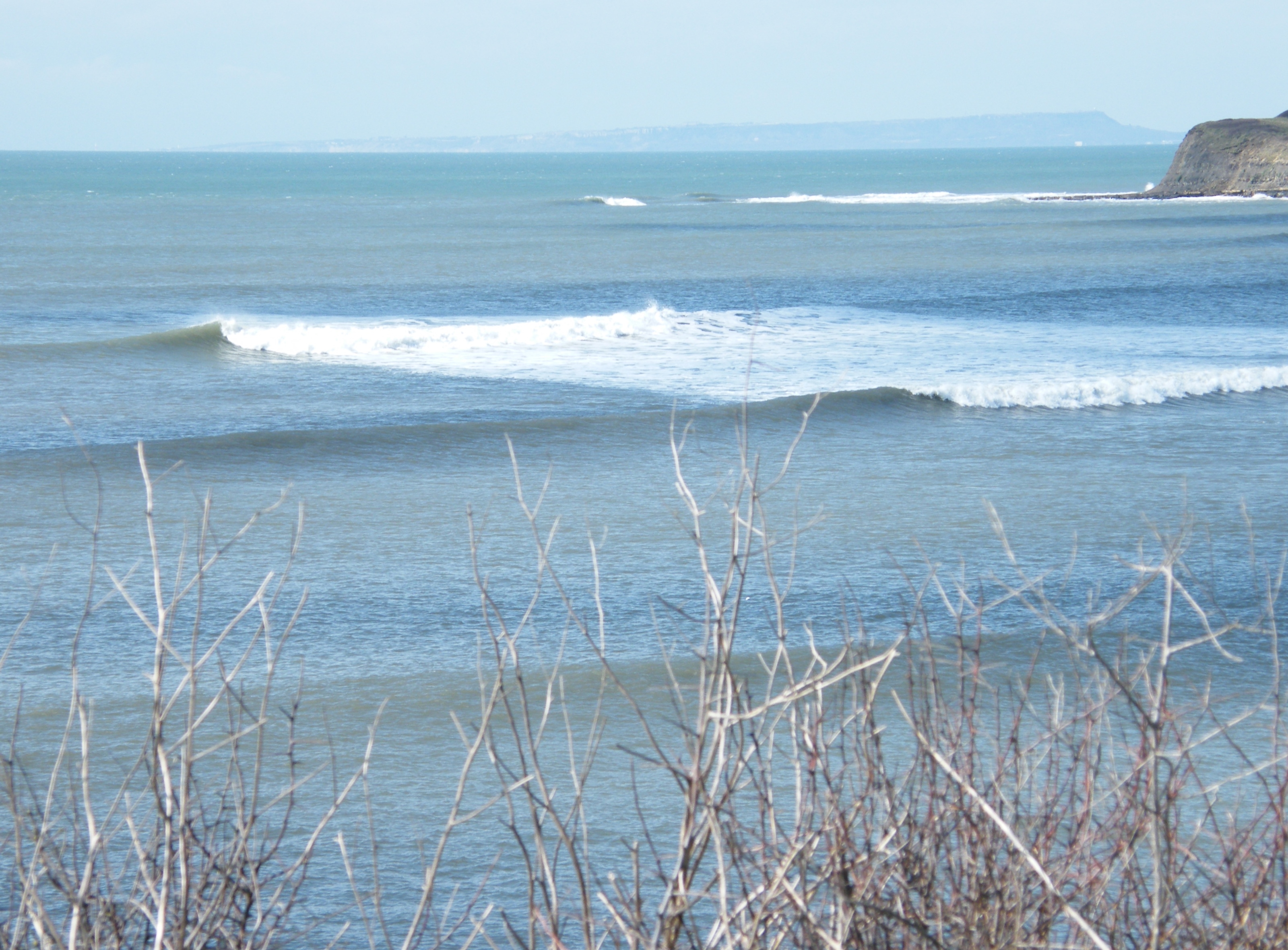
Having a heavy plastic boat smack you in the back of the head is the easiest way to end up in dire straits. A lid protector will help you avoid nasty head injuries that could occur at any time in your kayaking career – not just during winter sessions.
Keep your kit ‘well oiled’
As conditions become more challenging it’s important to make sure your equipment is in good working order. Avoiding potentially disastrous situations in the first place is the way to ensure you enjoy a top drawer season.
If you’ve picked up any holes or damage to your boat through the summer then make sure these get repaired. It would be a shame to drop in and have your kayak fill up with brine!
Make sure your paddle is in good working order. Unfortunately paddles do, in time, wear out and if you can spot damage sooner rather than later this will help you avoid having to use your hands to get back ashore. Being miles out to sea on an exploratory mission in winter is no fun when your blade breaks. Your paddle is your engine, your rudder and the only really efficient way of getting you home.
For those who are fond of attaching kit to their boats then it may be time to replace your bungee cord or cargo netting. Having your trip essentials fall off and sink to the bottom of the deep blue sea isn’t a fun prospect. Getting this sorted now is preferable.
Lastly, check your BA, throw line and all your other kit you regularly take on your paddling missions. If any piece is showing signs of wear and tear then consider swapping it for new.
Winter paddling – it’s a blast.

Keeping going with your kayaking through autumn and winter is absolutely fine, and many do this. There’s no real reason to hang up your paddle for the year; just make sure you have the proper equipment and keep your kit in check.
If you’re still “umming” and “ahhing” about whether to continue kayaking in winter then pick and choose your days. Even the fairest of weather kayakers will be presented with favourable conditions at certain times. During these periods you’ll no doubt have as much fun out on the water as you would in summer.
Keep in mind these winter paddling tips, be sensible and you’ll have a cracking time.

